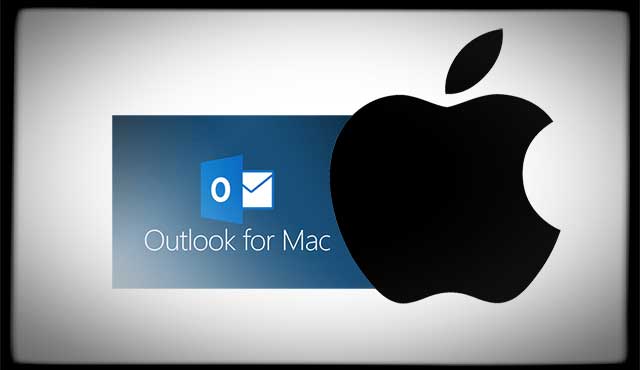

- #Where is the temp folder on mac os word full#
- #Where is the temp folder on mac os word download#
- #Where is the temp folder on mac os word free#
A Finder window will open on the tmp directory.Enter the following at the Terminal prompt: The second common temp location can also be found using Terminal.

(Terminal’s “open” command can be used to view the directories being used by the system for temporary storage.) The $TMPDIR is a variable that holds the current temp directory pathname. Note : The Finder window will have a different name for this directory.


Unfortunately, many of these standard locations are hidden from the Finder, blocking you from direct access. However, apps that follow good coding practices will make use of a few standard locations. Temp files, especially those used by third-party apps, can be located just about anywhere, making some app temp files difficult to track down. Otherwise, I tend to leave system cache management to the system. I recommend leaving the system caches alone unless you’re having a specific problem whose troubleshooting guide suggests removing one or more of the system cache files.
#Where is the temp folder on mac os word full#
As you can see, it’s easier to just use the shortcut than to type full pathnames. So, if your home folder was named tnelson, as mine is, the full path would be /Users/tnelson/Library/Cache. The tilde (~) in the last cache location is a shortcut for your home folder. The user caches are located at ~/Library/Cache. The system caches are located at /Library/Cache as well as /System/Cache. The Mac has two primary types of cache files, System and User, which are located in three primary locations. Where Are Cache Files and Temp Files Located? Temp files can also hold static items, such as an image, or data that will be used frequently by an app but doesn’t need to be saved beyond the current app cycle. When you quit the app, the undo temp file is deleted since it’s no longer needed. In the loosest of terms, the undo temp file holds the state of the app at each point a command was issued, letting you go back in time (undo) to previous states. An example of a temp file is an application that has many levels of undo. Temp files, on the other hand, are transitory they tend to be removed once the app or process that created them is terminated. (My system temp files are located in a folder named T, at the end of a cumbersome pathname.) Other caches are used by the system to store frequently used icons, images, and just about any type of information that is used over and over, where storing the data is faster than recreating the information every time. Like the browser cache, the DNS cache can let your Mac grab the IP address of a website it has visited recently without having to perform a DNS lookup, which can take a great deal of time.
#Where is the temp folder on mac os word download#
This saves you the time it would take to access the web server and download the entire page again.Īnother type of cache you use everyday on your Mac is the DNS cache. When you return to the same page, the browser can load the page data from the cache file, provided the page data hasn’t changed. Unlike cache files, temp files are usually removed by the process that created them, usually when the process exits, or during a shutdown or restart cycle.Įxamples of cache files include browser caches that save the information from a webpage. Temp files are created by an app or system process to temporarily store data that is later used by the process that created the file. They can also remain through shutdown or restart cycles. (Third-party utilities, such as TinkerTool System, can help you remove troublesome cache files.)Ĭache and temp files serve a similar function they provide a place to temporarily store data in files on your Mac.Ĭache files are accessed and updated frequently, and they can remain after the app or system function that created them has closed or exited.
#Where is the temp folder on mac os word free#
It’s also common to hear about removing these files to free up space on a Mac’s startup drive.īut before we head down the road to clearing out cache and temp files, let’s take a moment to find out what functions they serve, and whether it’s really a good idea to remove them willy-nilly. There are numerous times when removing a cache or temp file may be part of a troubleshooting tip to return an app or the system to a more robust condition. You’ve no doubt heard the term cache and temp files, at least as it relates to your Mac.


 0 kommentar(er)
0 kommentar(er)
